Many hotel budgets fail before they’re even approved—not because the math is wrong, but because the thinking is outdated. Every year, many budgets collapse under the weight of assumptions. For 2026, the question shouldn’t be how much you will spend, but how fast you can adapt. It’s time to expose the blind spots that quietly cost hotels their edge.
In this article, you’ll learn how to identify and fix budgeting blind spots for 2026.
5 Hidden Gaps Sabotaging Hotel Budgets
Most hotel budgets fail not from bad math but from outdated assumptions. Below are the five biggest blind spots holding hotels back from smarter, adaptive budgeting.
1. Budgeting on Autopilot
If your budget looks suspiciously like last year’s with a few percent added, you’re not alone. Many hoteliers treat budgeting like an admin, but it’s really your strategy in numbers.
Copy-pasting last year’s figures ignores how fast the market moves. We’re running hotels in a world that rewards speed. The speed to adapt.
Travel patterns, booking windows, and costs can shift overnight. When you plan with that in mind, your budget stops being a static plan and becomes a living prototype — one you can adjust as you go.
As Max Starkov, Adjunct Professor of Hospitality Technology at NYU, puts it,
In budgeting terms, that means focusing your time and resources where demand is growing and not where it used to be. Starting fresh each year, grounded in forecasted demand and the realities of cost and conversion, keeps you focused on the opportunities that truly matter.
2. Spending Without Purpose
Every euro should have a job to do. Too often, we ask how much to spend instead of why.
But an allocation only has value when it’s tied to a clear goal. Whether it’s improving guest satisfaction, reducing dependency on OTAs, or capturing more group business, every euro should serve a measurable outcome.
Consultant Tamie Matthews notes on Revfine that “a tailored strategy based on a property’s type and target demographic” drives far better returns than one-size-fits-all spending. Apply that thinking beyond marketing: align every department’s spend with outcomes that can be measured, not simply maintained. When intent drives investment, budgeting stops being about control and starts being about progress.
3. Overlooking the Power of Data
In many hotels, financial planning still happens in silos. Marketing looks at campaign results, operations track payroll, and revenue teams focus on pricing, but rarely do these insights come together to show the full picture.
Connecting all data points will reveal not just what you earn, but why you earn it. When guest profiles, performance metrics, and forward-looking demand data sit in one view, you can finally see which channels, segments, or packages truly deliver profit. Budgets built on connected intelligence are faster to adjust and far closer to reality.
4. Undervaluing Brand and Experience
When pressure mounts to cut costs, the first casualties are often the elements that make a property memorable: imagery, design, storytelling, and service training. Yet these “soft” investments shape perceived value—the very thing that allows you to charge more for the same room.
As Nicole Sideris of X Hospitality reminds us, “Images sell.” The same is true of atmosphere, tone, and attention to detail. A guest who connects emotionally is a guest who returns. Protecting brand and experience within the budget isn’t indulgence; it’s revenue protection in disguise.
5. Planning for Yesterday’s Market
Fixed annual budgets belong to a world that no longer exists. Demand patterns change by the week; AI-driven search and dynamic pricing redefine visibility overnight. A plan locked in January is often outdated by June.
Rolling budgets and monthly re-forecasting turn planning into an ongoing conversation. They keep decisions close to real-time performance and allow quick reallocations when campaigns succeed or markets soften. Flexibility, once seen as risk, is now a hotel’s most valuable currency.
Free Download: Forecasting for Hotels Made Easy to Drive Simple Results
Whether you run a boutique inn or a multi-property group, this guide shows you how to forecast smarter, spot revenue gaps early, and plan with confidence.
You’ll discover the key data, tools, and techniques top-performing hotels use to boost profits and streamline operations so you never have to guess again.
Click here to download the report “Forecasting for Hotels Made Easy to Drive Better Results”.
The days of treating budgets as one-off exercises are over. Hotels that build adaptable, insight-driven plans and revisit and adapt them regularly will not only weather uncertainty but turn it into an advantage. Because in hospitality, the real measure of success is how well you stay ready for change.
More Tips to Grow Your Business
Revfine.com is the leading knowledge platform for the hospitality and travel industry. Professionals use our insights, strategies, and actionable tips to get inspired, optimize revenue, innovate processes, and improve customer experience.Explore expert advice on management, marketing, revenue management, operations, software, and technology in our dedicated Hotel, Hospitality, and Travel & Tourism categories.

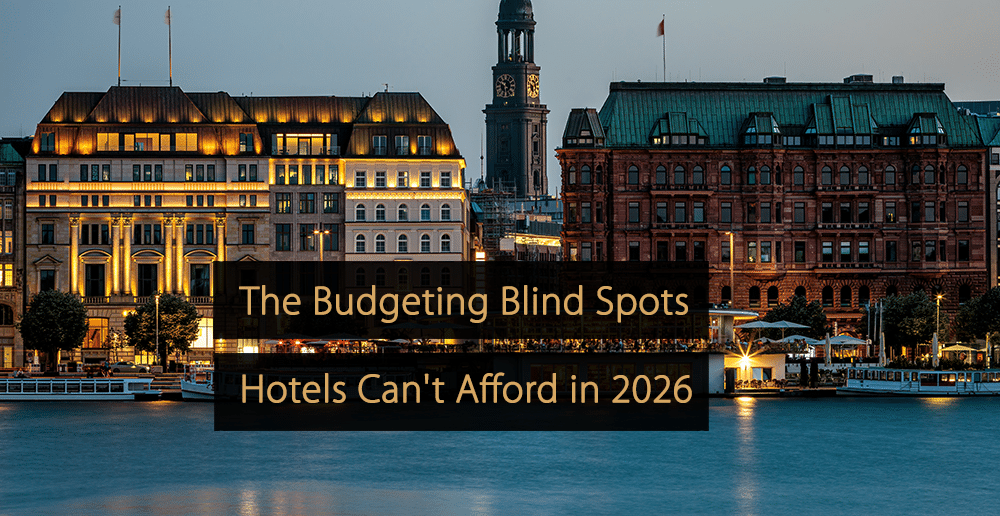
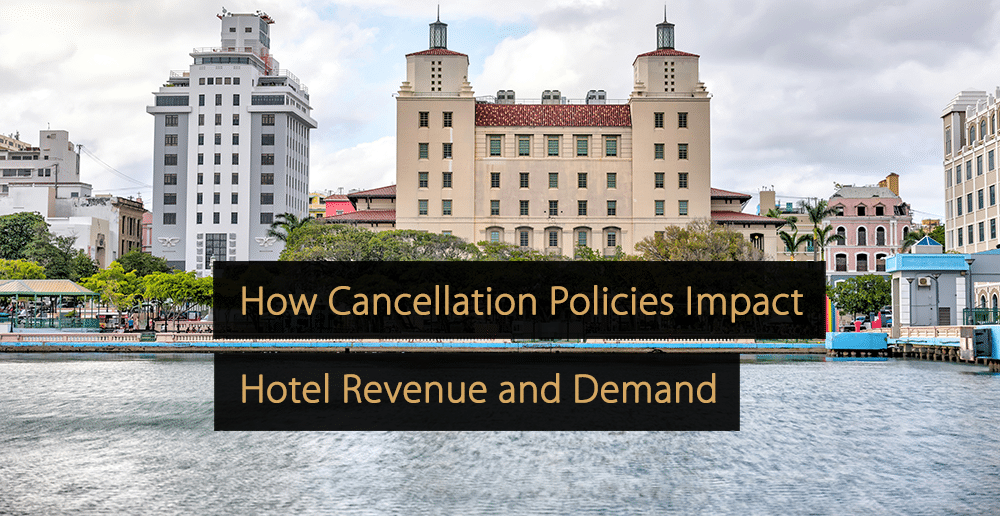

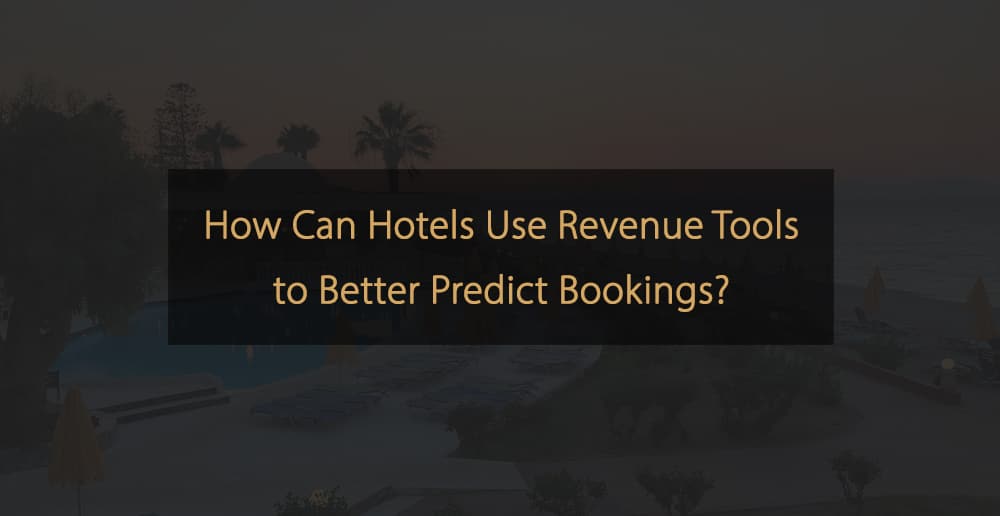
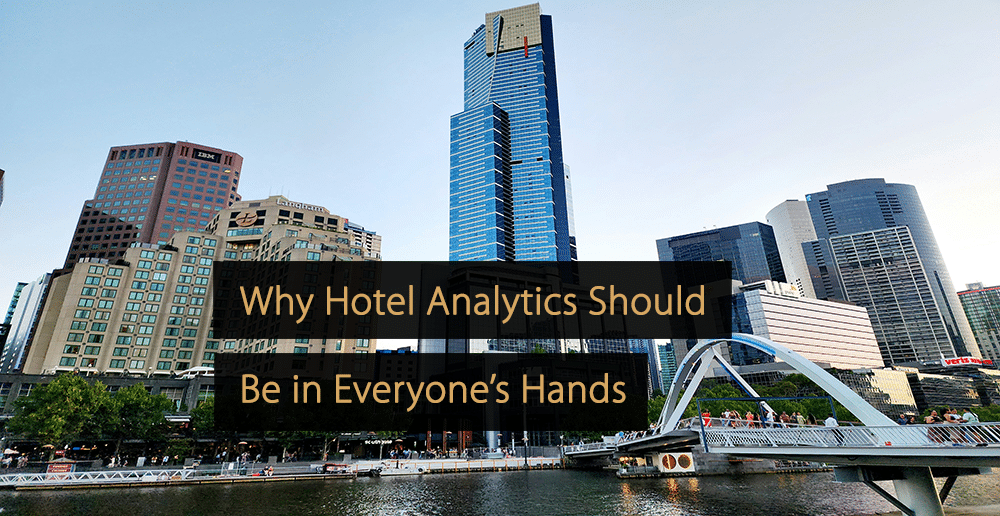
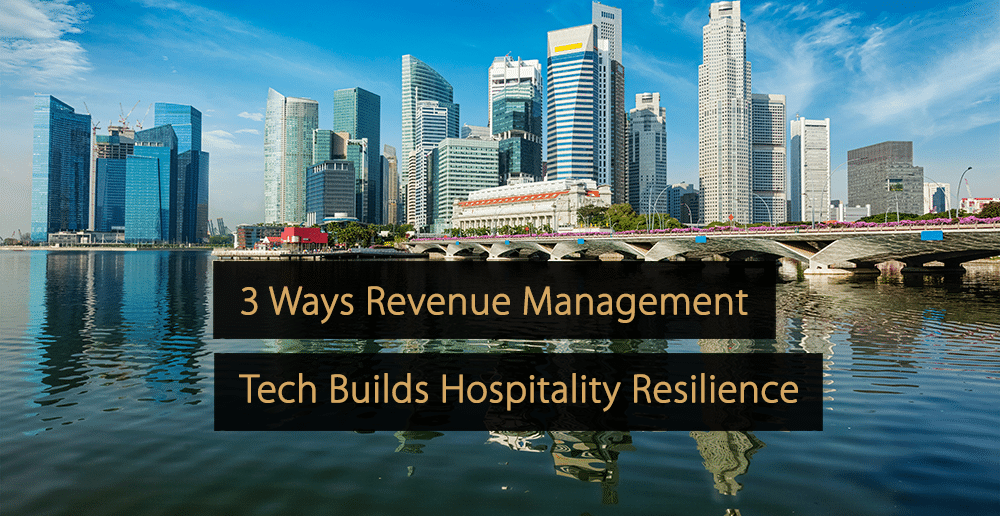
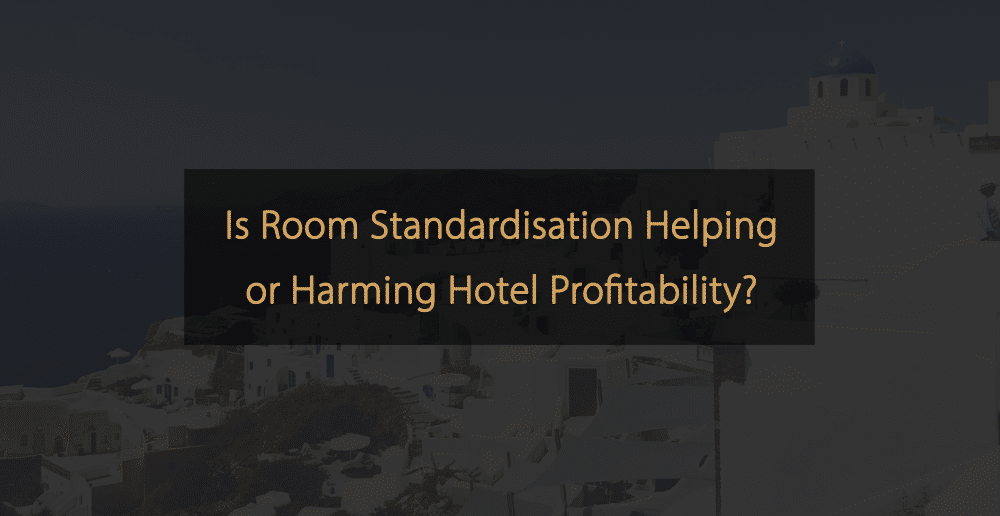
Leave A Comment